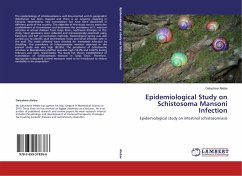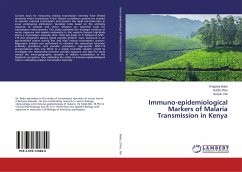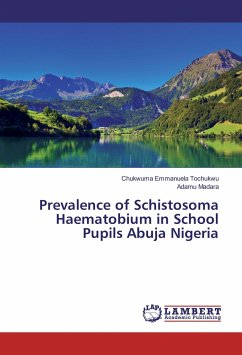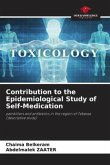The epidemiology of schistosomiasis is well documented and its geographic distribution has been mapped and there is an ongoing mapping in Ethiopia. Nevertheless, new transmission foci have been discovered in different parts of the country. The objective of this study was to assess the establishment of transmission and determine the prevalence of S. mansoni infection in school children from Sanja Town, northwest Ethiopia. In this study, Stool specimens were collected and microscopically examined using Kato-Katz and SAF concentration methods. Malacological survey was also carried out to identify snail intermediate hosts and larval infection rate in the snail. The snails collected were checked for trematode infection by shedding. The prevalence of Schistosomiasis mansoni observed in the present study was very high (82.8%). The prevalence of Schistosome infection in Biomphalaria pfeifferi was also high (16.9% and 0.027% during February and April, respectively). The study has shown establishment of transmission of Schistosomiasis mansoni in Sanja Town. Therefore, appropriate integrated control measures need to be introduced to reduce morbidity in the population.
Bitte wählen Sie Ihr Anliegen aus.
Rechnungen
Retourenschein anfordern
Bestellstatus
Storno








